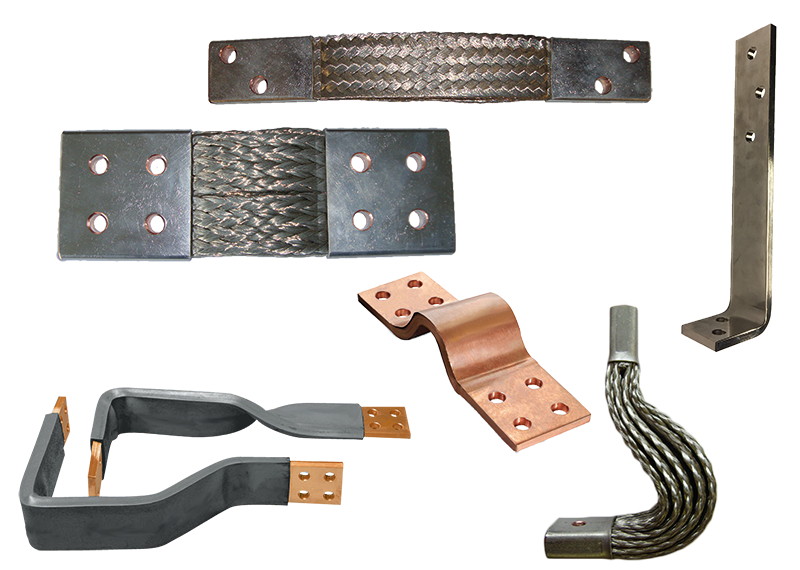Business
Flexible Busbar Market Analysis, Size, Share, Trends and Forecast – Leading Players in the Flexible Busbar Industry

Flexible busbars are an essential component in modern electrical systems. They are used to connect various electrical devices, such as circuit breakers, transformers, and switchgear, to ensure efficient power distribution. Unlike traditional rigid busbars, flexible busbars offer several advantages, including cost-effectiveness, ease of installation, and improved reliability. This has led to the growing demand for flexible busbars in various industries, including power generation, automotive, and aerospace.
The global flexible busbar market is expected to witness significant growth in the coming years. The market is driven by factors such as increasing investments in renewable energy sources, growing demand for electric vehicles, and the need for efficient power distribution in industrial applications. Additionally, the development of smart grids and the integration of renewable energy sources into the existing power infrastructure are expected to further drive the market growth.
Download PDF Sample here: https://growthmarketreports.com/request-sample/5233
Market Trends
One of the major trends in the flexible busbar market is the increasing adoption of flexible laminated busbars. These busbars are made of multiple layers of metal foils, typically copper or aluminum, separated by insulating materials. The laminated structure provides flexibility and allows for easy installation in confined spaces. It also offers better thermal management and reduces the risk of short circuits. The compact design of laminated busbars enables efficient power distribution, making them ideal for use in electric vehicles and energy storage systems.
Another trend in the market is the use of flexible busbars in data centers. With the increasing demand for data storage and processing, data centers are expanding rapidly, requiring efficient power distribution solutions. Flexible busbars offer a compact and scalable solution for power distribution in data centers, eliminating the need for bulky cables and reducing the overall footprint. They also provide better heat dissipation, ensuring reliable operation of critical equipment.
Enquiry Before Buying: https://growthmarketreports.com/enquiry-before-buying/5233
Key Drivers
The automotive industry is also a key driver of the flexible busbar market. As the demand for electric vehicles continues to rise, the need for efficient power distribution solutions becomes crucial. Flexible busbars are lightweight, compact, and can be custom-designed to fit the specific requirements of electric vehicle manufacturers. They offer high current-carrying capacity and low resistance, resulting in improved performance and range.
Additionally, the aerospace industry is adopting flexible busbars to meet the demanding requirements of aircraft power distribution systems. The lightweight and flexible nature of busbars make them an ideal solution for space-constrained environments, such as aircraft cabins and engine compartments. Flexible busbars are also resistant to vibration and shock, ensuring reliable operation in extreme conditions.
Regional Outlook
In terms of regional outlook, Asia Pacific is expected to dominate the flexible busbar market due to rapid industrialization and urbanization in countries like China and India. The region has witnessed substantial investments in renewable energy sources, driving the demand for flexible busbars in the power generation sector. Additionally, the growing automotive industry in the region is also expected to contribute to market growth.
Get Full Access to this Report: https://growthmarketreports.com/checkout/5233
Conclusion
Overall, the flexible busbar market is poised for significant growth in the coming years. The market is driven by factors such as increasing investments in renewable energy, the growing demand for electric vehicles, and the need for efficient power distribution in various industries. The adoption of flexible laminated busbars, their use in data centers, and their application in the automotive and aerospace industries are some of the key trends driving market growth. With advancements in technology and the demand for more sustainable energy solutions, the flexible busbar market is expected to witness further innovation and expansion in the future.











